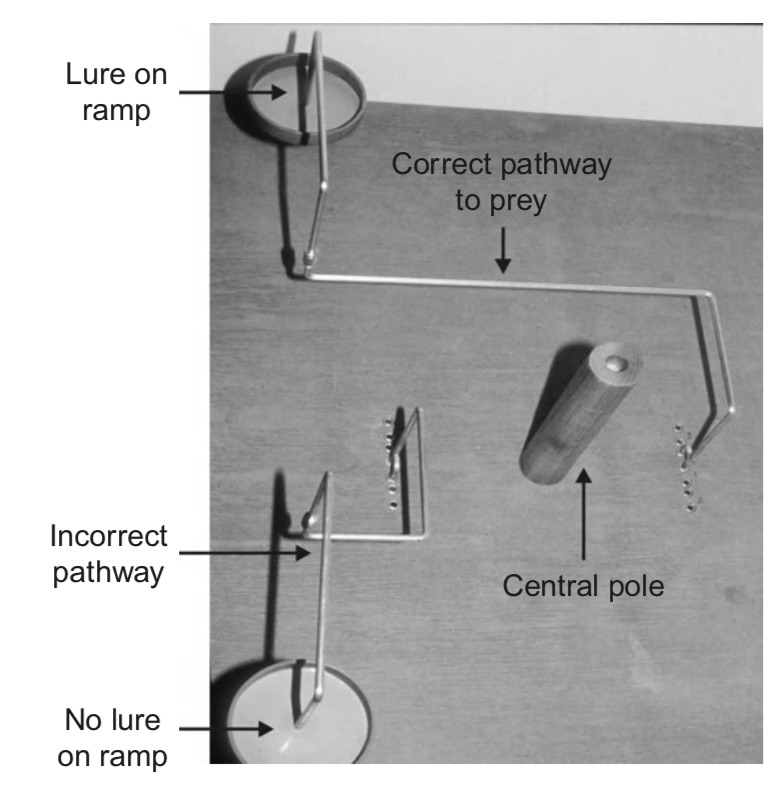Click here and press the right key for the next slide (or swipe left)
also ...
Press the left key to go backwards (or swipe right)
Press n to toggle whether notes are shown (or add '?notes' to the url before the #)
Press m or double tap to slide thumbnails (menu)
Press ? at any time to show the keyboard shortcuts
Don’t Spiders Have Intentions?
Sam’s Objection to Frankfurt’s Argument from Spiders
‘... concepts which are inapplicable to spiders and their ilk.’
Frankfurt 1978, p. 162
‘Many animals that do not have conceptual intentions flexibly exercise agential control. [...] Spiders very likely do not have them’
Buehler, 2019

Jackson & Cross, 2011 figure 3

Jackson & Cross, 2011 figure 2
‘... concepts which are inapplicable to spiders and their ilk.’
Frankfurt 1978, p. 162
‘Many animals that do not have conceptual intentions flexibly exercise agential control. [...] Spiders very likely do not have them’
Buehler, 2019
never trust a philosopher
opinions
It’s not about you.

1. There is a contrast between actions and mere happenings in the lives of spiders.
2. The contrast in the lives of humans is the same.
3. Spiders do not have intentions, nor do they deliberate about what to do.
Therefore (from 1 & 3):
4. The contrast in the case of spiders cannot be explicated by appeal to intention.
Therefore (from 2 & 4):
5. The contrast in the case of humans cannot be explicated by appeal to intention.
Options:
try a different line
switch animals
further explicate the notion of intention
intentions as elements in plans
vs
representations which somehow guide actions
‘... concepts which are inapplicable to spiders and their ilk.’
Frankfurt 1978, p. 162
‘Many animals that do not have conceptual intentions flexibly exercise agential control. [...] Spiders very likely do not have them’
Buehler, 2019
Options:
try a different line
switch animals
further explicate the notion of intention
intentions as elements in plans
vs
representations which somehow guide actions
What is the mark that distinguishes actions?
Davidson’s View
It is intention (or justifying reasons).
Objection:
Frankfurt’s Argument from Spiders